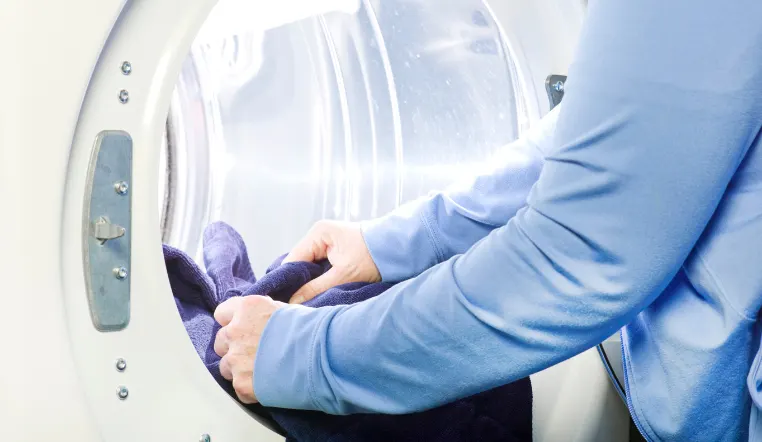Activities of daily living are the things people do every day, like eating, bathing, or dressing.
That’s the short answer. The long one includes answers to questions like why activities of daily living (ADLs) matter and how they can help you tell what level of care you or a loved one needs.
Here’s what you need to know about activities of daily living, without the confusing medical jargon.
Basic Activities of Daily Living
Activities of daily living have been around for as long as humans have. But they were first defined as such by Dr. Sidney Katz and his team at Benjamin Rose Hospital in Cleveland, Ohio in the 1950s.
Katz and his team defined the activities to evaluate patients’ ability to function independently. The activities they monitored were:
- Bathing
- Dressing
- Toileting and continence
- Transferring
- Feeding/eating
These are what are known as basic activities of daily living. However, the list doesn’t stop there.
_____________________________________________
Related: What is Long-Term Care?
_____________________________________________
Instrumental Activities of Daily Living
Since the 1950s, researchers in the medical field have expanded on Katz’s groundbreaking work.
In the late 1960s, M. Powell Lawton, PhD, and Elaine M. Brody, ACSW, developed a scale for Instrumental Activities of Daily Living. While Katz’s ADLs were helpful in determining a person’s ability to function independently, they were missing important aspects of everyday life. They wanted to find a way to asses not just “life maintenance” tasks like eating and bathing, but “functional health” tasks like socializing or handling finances.
The definitive lists of ADLs and IADLs are still a topic of discussion in the medical community. They continue to evolve and grow, and can vary depending on the individual or condition. For example, cultural differences or environmental factors could affect how you would measure someone’s ability. 50 years ago, Lawton and Brody didn’t measure men’s ability to prepare food. Because of the societal norms in place at the time, it’s likely men would have appeared less independent than they really were due to relying on a spouse or relative for cooking.
Instrumental activities of daily living have since been updated from the original ones outlined by Lawton and Brody to:
- Cooking
- Medication management
- Shopping
- Communicating via telephone
- Managing money and finances
- Performing housework
- Driving or using public transportation
- Laundering clothing
You’ll notice that most of those aren’t limited to the individual completing the tasks themselves. For example, if your mom prefers not to drive but is perfectly capable of using public transportation or calling a taxi, she wouldn’t be considered impaired in that area.
Why Are Activities of Daily Living Important?
Activities of daily living help determine what level of care is right for your parent, should you begin to notice a decline in their overall health. While it depends greatly on your situation, in general, those who need help with one or two ADLs tend to be better suited for assisted living. Those who need help with multiple ADLs would likely be better served in long-term care.
Of course, it also depends on how much help someone needs in each area. Assisted living is for seniors who need a little help with activities of daily living. Long-term care is for seniors who need more extensive care due to more severe physical or cognitive impairments.
How To Assess Your Parents’ ADL Ability
This is something you can consult your doctor on, or discuss with an assisted living or long-term care community. However, if you’re wondering where to start, you can review the lists above and form an honest assessment of your parent’s ability in each area.
Questions About ADLs?
If you have any questions about activities of daily living or what services may be best for your parent, we’re happy to help. Contact us today and we’ll connect you with one of our experts to get the answers you need.
Download Long-Term Care Guide >>
This blog was originally published in 2021 and was updated in 2025.


